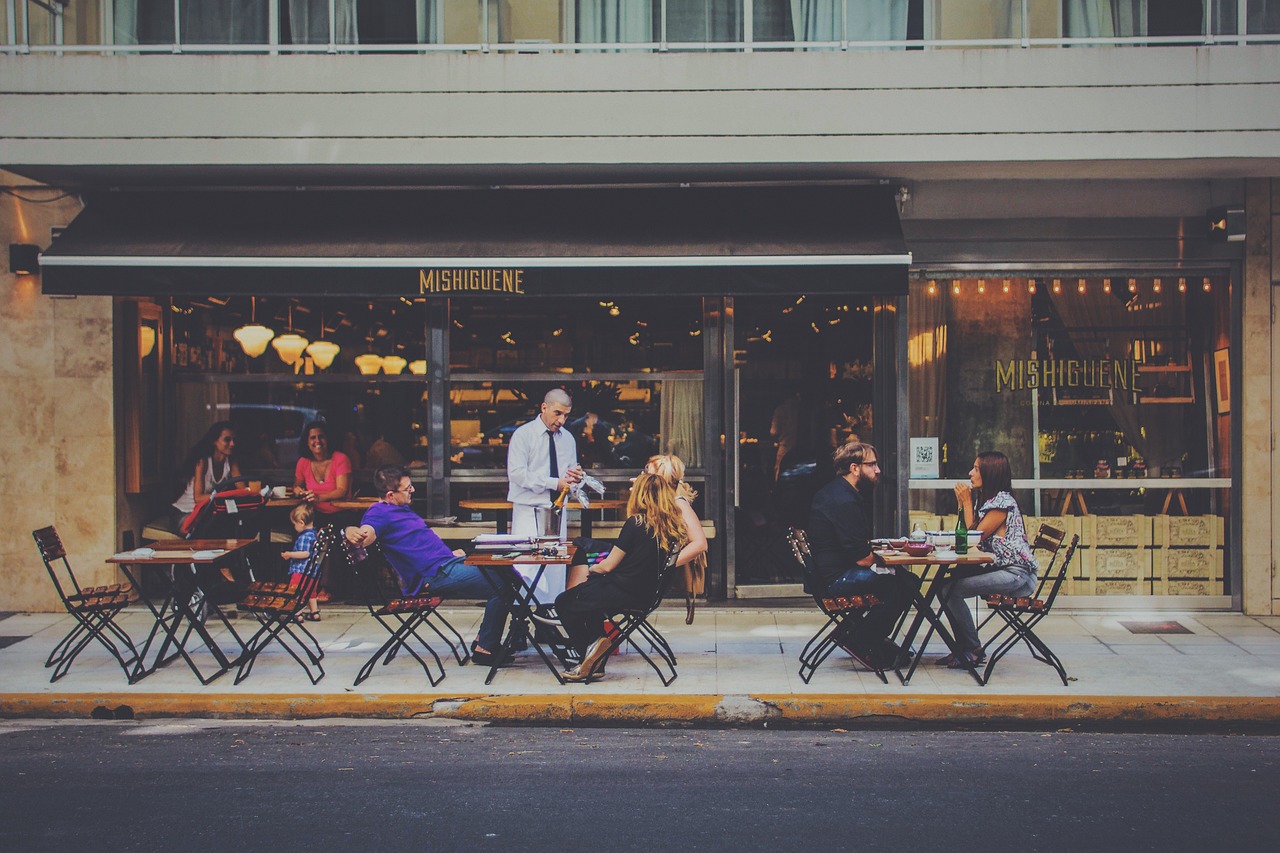In the restaurant industry, maximizing table turnover is a key driver of profitability. The faster you can turn tables, the more guests you can serve, increasing your daily revenue. However, increasing turnover doesn’t mean you need to rush guests out the door. By improving operational efficiency and creating a seamless dining experience, you can turn tables faster while keeping your customers happy. In this article, we’ll explore seven proven ways to improve table turnover without compromising the guest experience.
- Optimize Your Reservation System
A streamlined reservation system helps ensure that tables are filled at all times without overcrowding your restaurant or causing long wait times. Having an efficient system in place reduces the likelihood of empty tables, which can hurt turnover rates.
How to Do It:
Use reservation software: Implement an online reservation system like OpenTable or Resy to help manage bookings, track no-shows, and maximize seating efficiency.
Set realistic seating times: Adjust reservation slots based on the average dining time for specific meals. For example, breakfast might require shorter booking windows than dinner.
Stagger reservations: Avoid scheduling too many tables at the same time. Staggering reservations ensures smoother service and prevents kitchen bottlenecks.
- Simplify Your Menu for Faster Decision-Making
Complicated, overly long menus can delay customers in making decisions, leading to longer dining times. A well-designed menu with a clear, concise layout can speed up the ordering process and improve table turnover.
How to Do It:
Reduce menu complexity: Offer a carefully curated selection of items rather than an overwhelming array of choices. This not only speeds up decision-making but also simplifies kitchen operations.
Highlight signature dishes: Use visual elements like bold text, boxes, or symbols to draw attention to popular or high-margin items, helping customers choose faster.
Pre-bus tables: Encourage servers to clear plates as soon as customers finish a course, signaling to diners that the meal is progressing efficiently.
- Train Staff for Efficiency Without Sacrificing Service
Efficient, well-trained staff are essential for turning tables quickly. Your servers and kitchen staff should work together seamlessly to provide fast, attentive service without making guests feel rushed.
How to Do It:
Train for multitasking: Teach servers how to take orders, deliver food, and clear tables efficiently. For example, servers should bring the check with dessert or coffee to minimize delays.
Implement teamwork: Encourage staff to help each other out during busy periods, whether it’s delivering food or refilling drinks, to avoid bottlenecks in service.
Monitor kitchen-to-table timing: Ensure that food is prepared and served promptly. Use timers or tracking systems in the kitchen to monitor how long each dish takes to reach the table.
- Create a Comfortable but Efficient Ambiance
The ambiance of your restaurant can influence how long guests stay. While you want to create a pleasant atmosphere, certain design elements can encourage guests to enjoy their meal without lingering too long after.
How to Do It:
Adjust lighting and music: Studies show that brighter lighting and upbeat music encourage guests to dine and leave faster. Use these subtle changes to promote quicker dining times during peak hours.
Use smaller, comfortable seating: Large, plush chairs may encourage guests to linger, while smaller, ergonomic seating promotes quicker turnover without sacrificing comfort.
Monitor temperature: Keep the room temperature comfortable, but avoid making it so cozy that guests want to extend their stay.
- Encourage Payment Efficiency
One of the biggest delays in table turnover happens during the payment process. Streamlining payment options can significantly speed up the time between the end of the meal and the next group being seated.
How to Do It:
Use handheld POS systems: Equip servers with portable POS devices to process payments directly at the table, reducing the back-and-forth between the table and the cash register.
Offer multiple payment methods: Accept a variety of payment methods, including contactless payments, to make the process quick and easy.
Provide the check promptly: Have servers deliver the check as soon as dessert or coffee is served, signaling that the meal is winding down without feeling rushed.
- Set Expectations for Dining Times
Communicating expected dining times politely can help set the pace without offending customers. This approach works particularly well for brunch or lunch services, where table turnover is often higher than during dinner.
How to Do It:
Communicate during reservations: When confirming reservations, let guests know how long the table is expected to be available (e.g., “Your table is reserved for 90 minutes”). This sets clear expectations before they arrive.
Use subtle reminders: During busy periods, your host or server can mention any reservations that follow. For example, “We have another party scheduled for this table in two hours, so we’ll be here to assist you with anything you need during that time.”
Use digital waitlist apps: Use a waitlist app to manage walk-ins and show waiting guests, encouraging diners to be mindful of their time at the table.
- Monitor and Analyze Table Turnover Data
Tracking table turnover data is key to identifying inefficiencies in your operations. By understanding how long each table is occupied and comparing this data across different shifts or dining periods, you can make adjustments to improve your overall turnover rate.
How to Do It:
Use POS data: Many POS systems track average dining times. Analyze this data to find opportunities for improvement, such as during specific meals or on busier days.
Conduct time-and-motion studies: Track how long each step of the dining process takes, from seating to serving and clearing the table. Use this data to streamline workflows and improve service speed.
Set table turnover goals: Establish targets for how quickly tables should turn during different periods and train staff to meet those goals.
Conclusion
Improving your restaurant’s table turnover rate is about optimizing efficiency without sacrificing the guest experience. By focusing on staff training, menu design, payment processes, and ambiance, you can increase the number of guests you serve while maintaining high levels of customer satisfaction.
Looking for more strategies to maximize your restaurant’s efficiency and profitability? Check out our consulting services at Restaurant Secret Hacks or download our ebook for in-depth insights.




